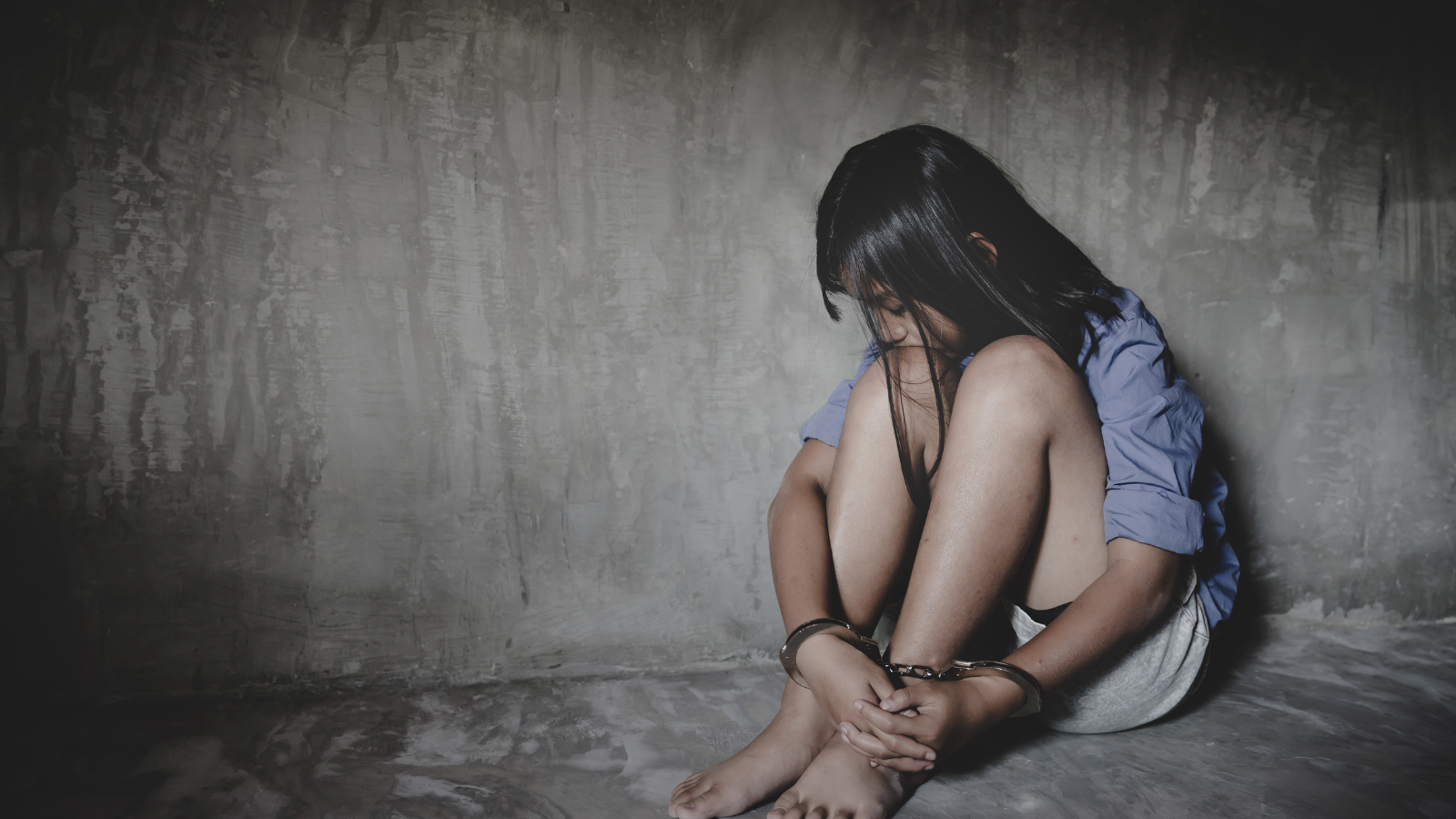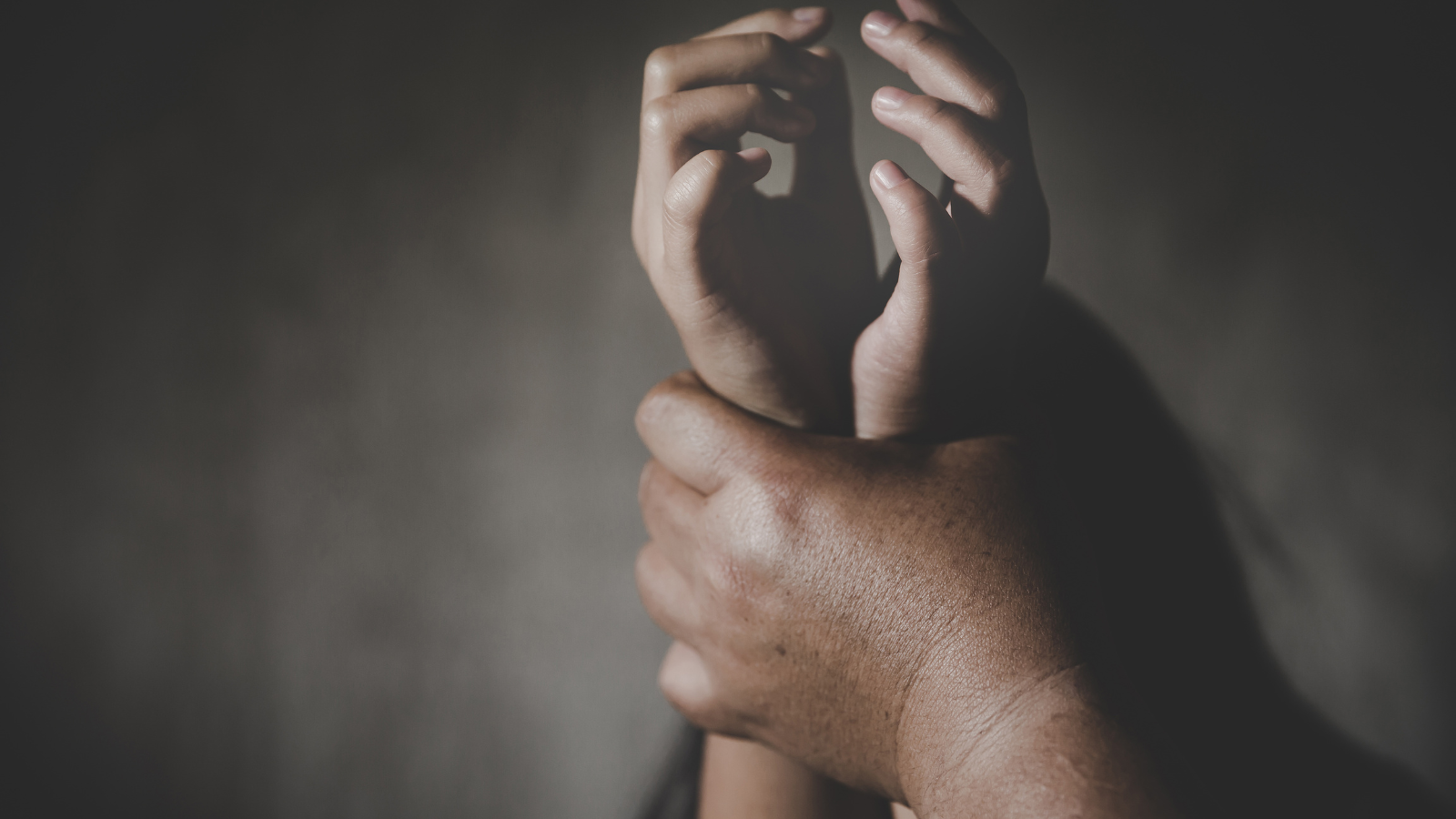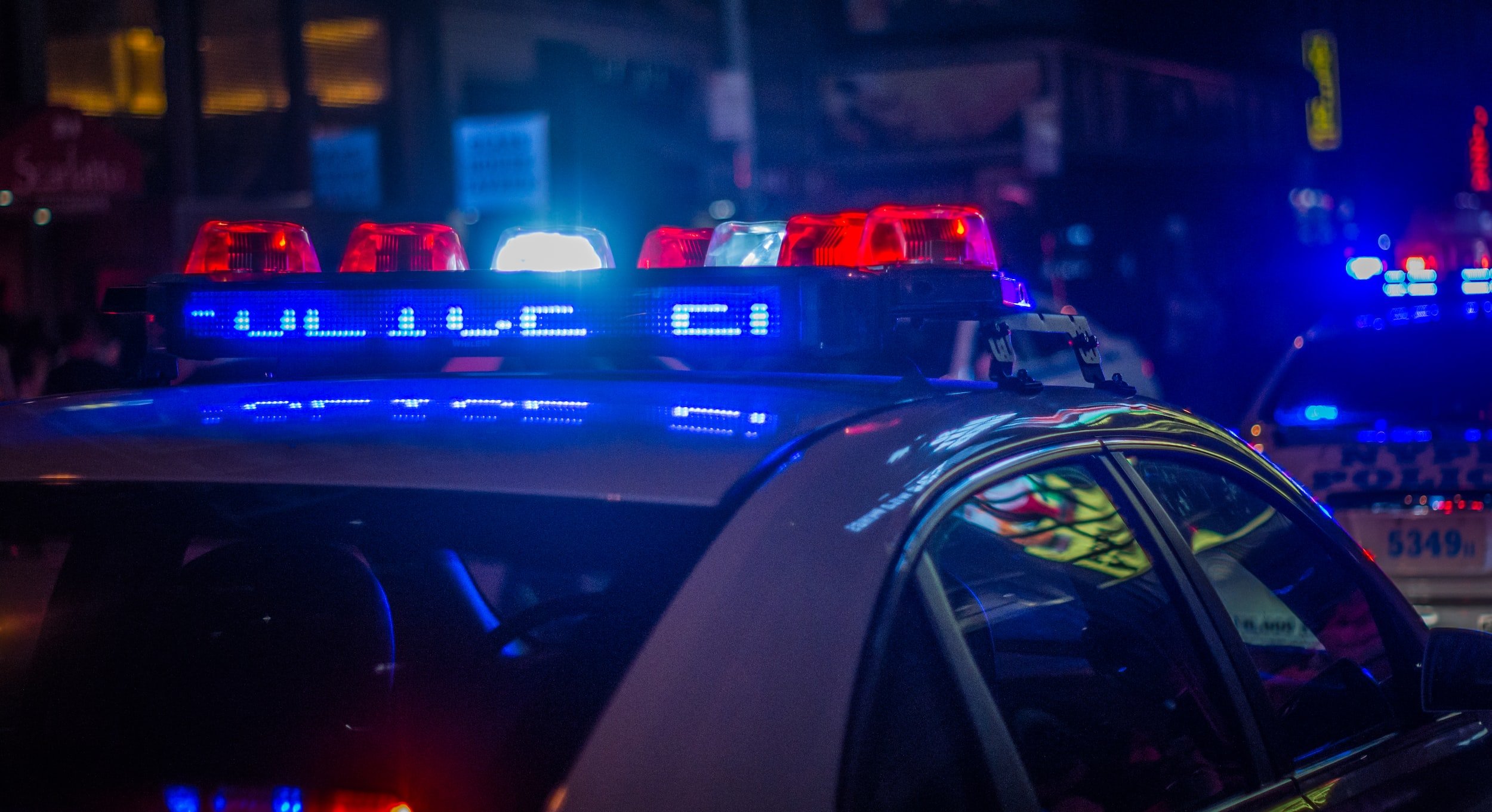
Signs of Human Trafficking
Human trafficking is a growing problem worldwide. Learn to spot the signs and help make a difference. Everyone can help prevent it.
There are more than 365,000 missing children in our country each year. 30% of those missing are being trafficked (approximately 109,000 children).
— NCMEC

Myths and Facts About Human Trafficking
Myth: Only women and girls are trafficked
Fact: Men and boys can also be victims of human trafficking.
Myth: Victims of human trafficking consented to being trafficked
Fact: Victims are often coerced, tricked, or forced into trafficking situations.
Myth: Human trafficking only occurs in developing countries
Fact: Human trafficking occurs in every country, including developed countries.
Myth: Human trafficking is only sexual exploitation
Fact: Human trafficking can also involve labor exploitation, domestic servitude, or forced criminality.

Who are the Victims?
Children and Teens
Minors who are vulnerable because of poverty, family dysfunction, or lack of education are common victims of human trafficking. They are often coerced through promises of a better life or by force.
Women and Girls
Women and girls are often targeted for sexual exploitation. They can be lured or abducted by traffickers, and are often transported across borders.
Men and Boys
Men and boys are commonly trafficked for forced labor in industries like agriculture, fishing, construction, and manufacturing. They too, can be victims of sexual exploitation.

How do Traffickers Operate?
Recruitment
Traffickers often use social media, job postings, schools, and other means to lure their victims.
Transportation
Trafficked individuals may be moved across borders or to different locations within a country. They may be transported by plane, car, or other means of transportation.
Exploitation
Trafficked individuals are exploited for labor, sexual, or other purposes.

Safety Tips to Prevent Human Trafficking
Be Aware
Recognize the signs of human trafficking and stay informed about the issue.
1.
Be Careful
Be cautious when meeting new people online, and be wary of job offers that seem too good to be true.
2.
Be Prepared
Carry a phone with emergency contacts, change for payphones, and a list of shelter locations available in case of emergency.
3.
Be Vocal
Speak out and report if you see any suspicious activity that could be connected to human trafficking.
4.

What to Do if You Suspect Human Trafficking
Don't intervene yourself
If you suspect human trafficking, do not approach the traffickers or the victims. You can put yourself and others in danger.
Call the authorities
Contact local law enforcement, national hotlines, or other organizations dedicated to combating human trafficking to report suspicious activity.
Provide Information
If you have any information about a suspected trafficker or victim, provide it to law enforcement or authorized organizations such as the National Human Trafficking Hotline.
Resources for Help and Support
National Human Trafficking Hotline
Call the hotline for information, help, or to report any suspicious activity.
1-888-373-7888
Global Modern Slavery Directory
A directory of organizations worldwide working to combat human trafficking and modern slavery.
Stop the Traffik
A global campaign to prevent human exploitation and prosecute the perpetrators. Provides resources and toolkits for individuals, businesses, and governments.


